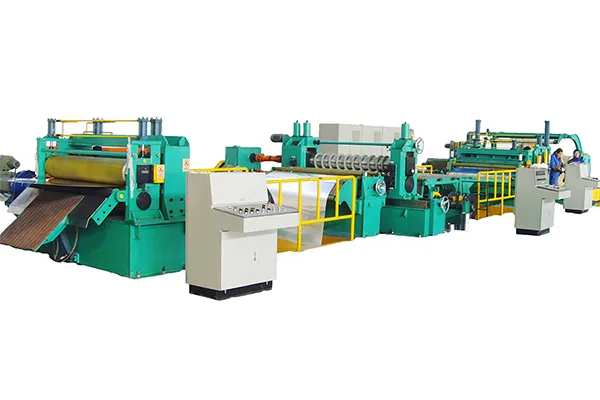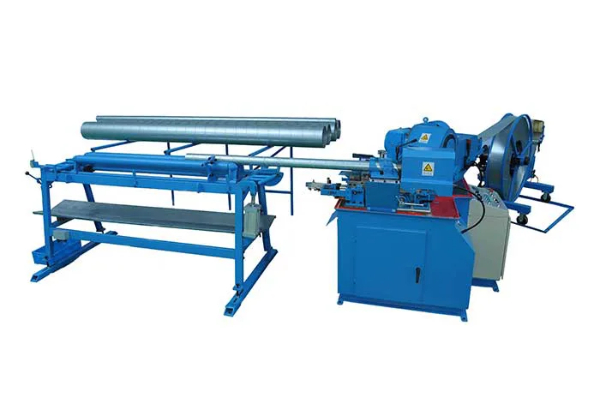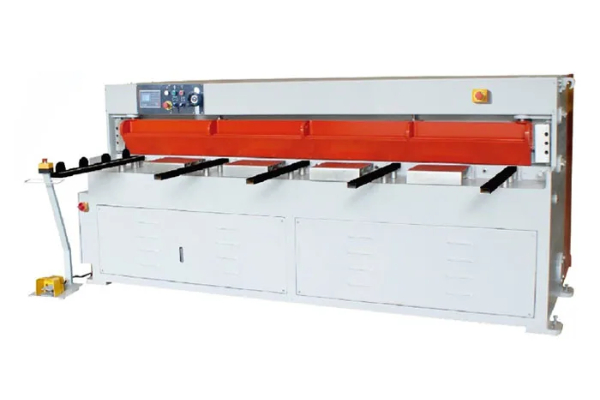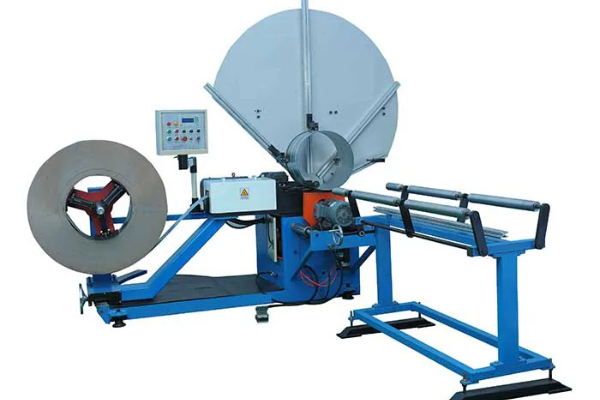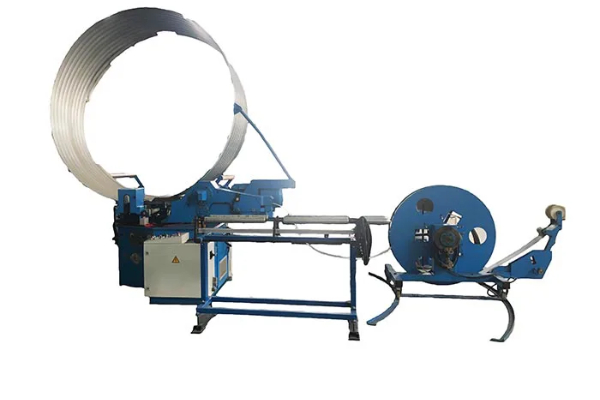
Calculating the Right Force in Press Brake Bending- A Technical Guide
- By:Metmac
- 2024-06-05
- 104
A Technical Guide: Calculating the Right Force in Press Brake Bending
“Calculating the Right Force in Press Brake Bending: A Technical Guide” is an invaluable resource designed to equip professionals in the metalworking industry with the knowledge and techniques to accurately calculate the force required for press brake bending operations. This comprehensive guide provides a detailed roadmap for determining the optimal force based on material properties, sheet thickness, bend angle, and press brake capabilities.
Material Properties and Sheet Thickness
The material properties of the metal being bent play a crucial role in determining the force required. Tensile strength, yield strength, and elongation properties influence the amount of force needed to deform the material and achieve the desired bend. Sheet thickness is another key factor, as thicker sheets require higher force due to the increased resistance to bending.
Bend Angle and Radius
The bend angle and radius significantly impact the force required. Smaller bend angles require less force, while larger angles demand higher force. The bend radius, which is the distance from the neutral axis to the inside edge of the bend, also affects the force calculation.
Press Brake Capabilities
The capabilities of the press brake, including tonnage capacity, tooling selection, and bending capacity, influence the force available for bending. Tonnage capacity refers to the maximum force the press brake can apply. Tooling geometry and material selection can optimize force distribution and minimize the risk of tool damage.
Force Calculation Formulas
The technical guide provides multiple force calculation formulas that consider various parameters such as material properties, sheet thickness, bend angle, and press brake capabilities. These formulas are essential for accurate force calculation and ensuring successful press brake bending operations.
Safety Considerations
Safety is paramount in press brake bending. The guide emphasizes the importance of adhering to proper safety guidelines and using appropriate personal protective equipment. It outlines the potential hazards involved in press brake bending and provides tips for minimizing risks.
Application Examples
The guide includes practical application examples that illustrate how to determine the force required for various bending scenarios. These examples cover different materials, thicknesses, and bend angles, providing a practical understanding of the force calculation process.
Conclusion
“Calculating the Right Force in Press Brake Bending: A Technical Guide” is an indispensable resource for professionals in the metalworking industry. Its comprehensive coverage of force calculation techniques, coupled with practical examples, empowers users to optimize press brake bending operations, ensure precision, and enhance safety. By leveraging the knowledge and guidance provided in this guide, engineers and fabricators can achieve accurate and efficient bending results, ultimately improving production quality and minimizing costs.
-
Reliable Sheet Metal Equipment for Sale to Support Precision Fabrication
2025/07/17 -
Advanced Duct Machine AC and Fabrication Solutions from Metmac
2025/07/12 -
The Advantages of Using a Sheet Roll Forming Machine in Manufacturing
2024/09/14 -
How to Optimize Your Laser Sheet Cutting Machine for Maximum Performance
2024/09/12
-
Advanced Sheet Metal Machinery for Precision Fabrication
2025/07/17 -
Precision Sheet Metal Bending and Cutting Machines for Industrial Fabrication
2025/07/17 -
High-Precision Duct Forming, Cutting, and Bending Machines by Metmac
2025/07/12 -
Efficient Duct Board Cutter and HVAC Duct Machines for Sale by Metmac
2025/07/12
-
A Guide to the Latest Innovations in Sheet Metal Folding Machines
2024/11/29 -
Key Features to Consider When Investing in a Sheet Metal Folding Machine
2024/11/28 -
Enhancing Precision with Advanced Sheet Metal Folding Machines
2024/11/27 -
How to Choose the Right Sheet Metal Folding Machine for Your Workshop
2024/11/26
